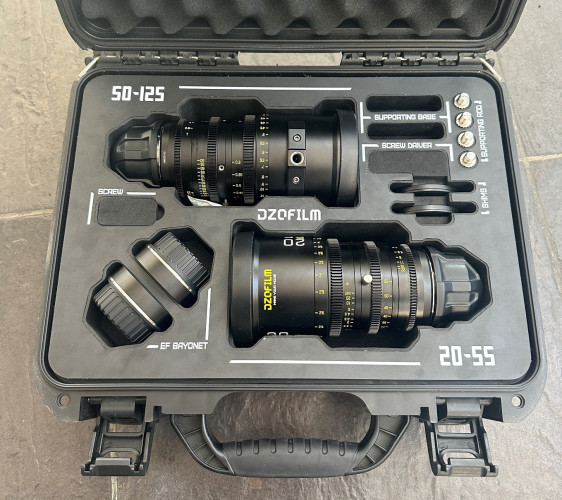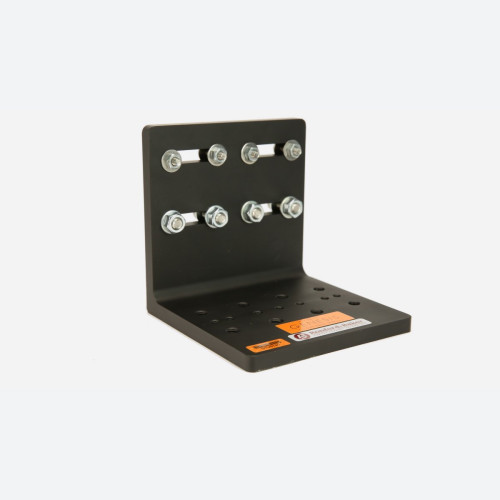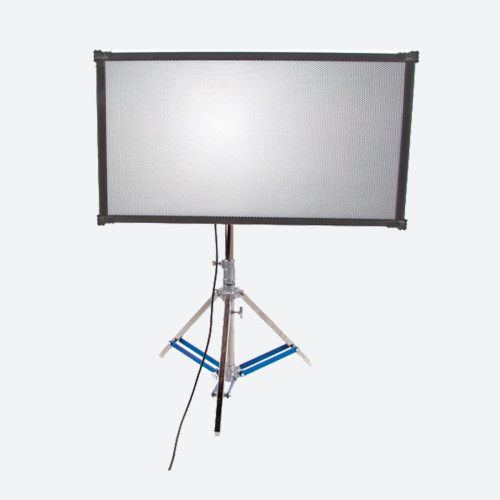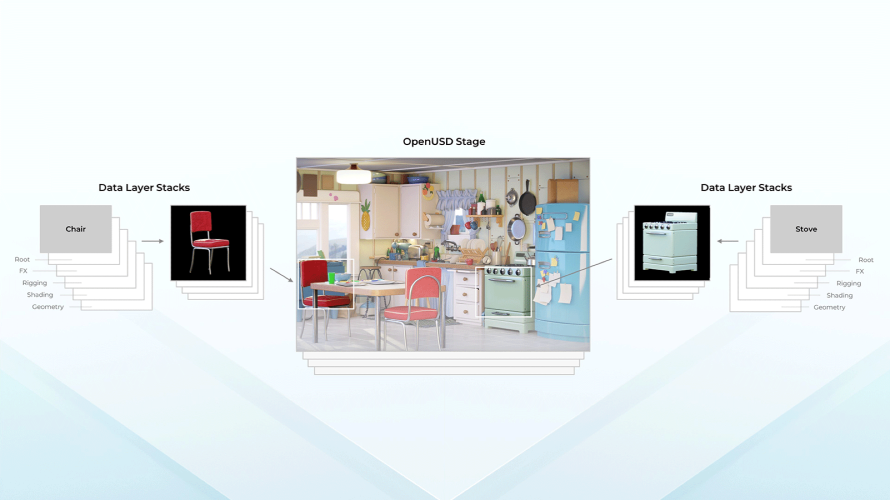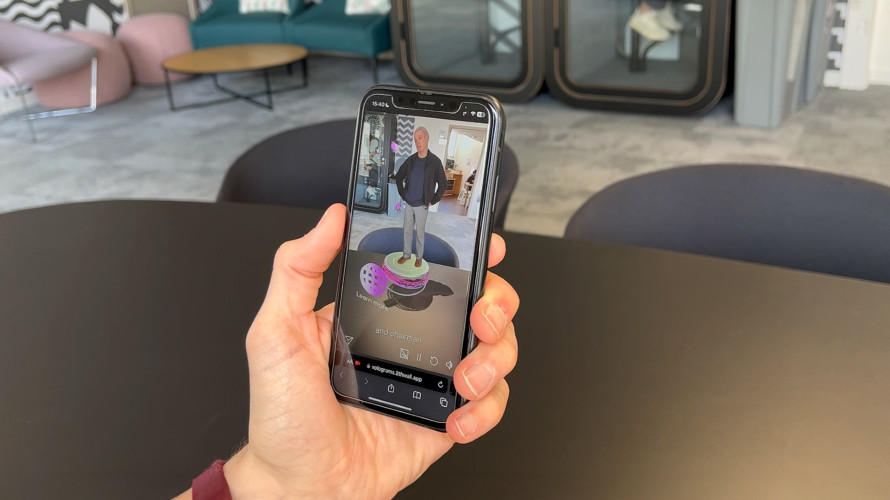It is easy to make the assumption that 3D should comply with existing standards, as in the 2D video streams of television or movie images running at 24, 25 or 30 frames per second, according to the relevant 2D standards. However, the recent step up to doubled frame rates, generally referred to as 50p or 60p for television and 48p (or higher) for movies, has shown significant improvements for the clarity of the images. After all, this is why much of the new television infrastructure is ‘3G capable’ to handle up to 1080/60p uncompressed video.
At the recent Kino Expo held in St. Petersburg, Nevafilm, supported by Doremi Cinema, RealD and Christie Digital, organized a presentation of 3D shown at 24, 48 and 60 fps – a first for Russia. A specially shot high frame-rate 3D movie was provided by Lightstorm with the assistance of Jon Landau, the producer of Avatar and Titanic. He pointed out that traditional film’s 24 fps was chosen as, “The minimum rate needed for smooth film motion and cost-efficiency for studios.” He also pointed out that film is an expensive recording medium and using double the frames per second would be significantly more expensive. Presumably it would double the cost of release prints which can be of the order of £1000 for a 2D feature in the UK. Of course, such costs would also restrict the use of 3D on film – a constraint that is removed with digital cinema.
He continued “But we live in a digital era now, where cinemas utilize small hard discs or electronic downloads instead of bulky film reels. So there is no obstacle to move to 60 fps. Moreover, cameras are ready for shooting at such rates. All you need is to update the software of the Series II digital projectors, already installed in the majority of cinemas, and use cinema servers able to support high frame rates.”
Of course the audience was very impressed with the results, as have been the many others that have seen it already in other countries. As the way 3D viewing systems operate means that frames are sequenced between left and right eyes, so tending to make them more prone to flicker, higher frame rates should significantly improve the audience experience. With most of the technology for fast frame rate movie production and exhibition in place it begins to look like a good idea and worth the effort to produce a better 3D experience for the audience.
Broadcast television has to clear more hurdles to achieve 3D 1080/50 or 60 in the home. Although the capability may already exist to shoot, edit and finish in the format, transmission would require double the bandwidth and no set-top box is designed to work this way. However most of the more modern panel screens can run at least as fast as 50 or 60 Hz. Maybe some brilliant compression system will help to make fast 3D TV a practical reality for terrestrial broadcast in the near future. Satellite has more bandwidth available.
To date 3D TV and film have been run on existing 2D standards and, as Landau points out, we could start using ‘fast 3D’ for movies now without much affect on cost over 24 fps 3D. The improvements that the St Petersburg audience appreciated echo those of others so maybe this will become commonplace one day. Of course there are benefits of ‘fast 2D’ also as the 24 fps imposes significant restrictions on the presentation of action such as sports and camera movement.
It is often pointed out that the biggest protagonists of 3D are the TV set makers. However the world’s biggest set maker, Samsung, does not support the professional equipment market – unlike Panasonic and Sony. Perhaps the most expected news of the last of the last few weeks was the announcement that much of the 2012 Olympics coverage will be available in 3D. Panasonic, the International Olympic Committee and Olympic Broadcasting Services announced their partnership agreement to make the London 2012 Olympic Games the first ever live 3D Olympic Games. This will “allow audiences around the globe to witness the world’s greatest sporting event in immersive 3D”. We are promised over 200 hours of coverage including the Opening and Closing ceremonies, athletics, gymnastics, diving and swimming, that will be produced and delivered to participating rights-holding broadcasters around the world. OBS will be in charge of production “by utilizing Panasonic’s state-of-art 3D production technologies including the AG-3DP1, a P2HD professional fully-integrated twin-lens Full HD 3D camera recorder”.
That brings me to Sony who is doing an excellent job of informing and training production personnel. Not only does it run courses but also its recent live web interview ‘Turning a 3D vision into OB reality’, staged at Wimbledon, chiming with the very successful 3D coverage there in the summer, was a very useful update of where live 3D is now. Sony’s Mark Grinyer chaired the informal session with Duncan Humphreys from Can Communicate and Peter Angell from HBS. Duncan when asked about what was new/ significant at IBC made the Panasonic connection. He saw the arrival of twin-lens 3D cameras from Panasonic (probably with an eye on the new AG-3DP1) and Sony as adding the ability to offer “run around and grabbing flash interviews” – a break away from the rigidity of the big complex 3D rigs. He also liked the compactness of the new Sony SRW data recorder saying it could record four 3D cameras in the space of one standard SRW unit. Peter Angell had noted that there were more, cheaper good 3D rigs which would help towards achieving the much needed increase in content production.
Scanning the news I note that EBU Director General Ingrid Deltenre delivered a keynote speech at the recent prestigious Prix Italia award ceremony, in Turin, where she questioned the possibility of 3DTV ever becoming the standard viewing format. Ms Deltenre is quoted as saying that “3DTV will be a valuable tool for broadcasters, and an enjoyable feature of some programmes. But it will be an optional complement to conventional broadcasting – not the standard format.” Although this reflects 3D Diaries’ view, indeed she may be a reader, it is disappointing that such an eminent industry figure feels unable to allow for any possibility of future significant technical developments or changes of viewing habits. While we agree with her statement as a reflection of the status quo, we never say never – especially in the rapidly developing area of 3D technology.




